Intelligent Data Management
Understand what is happening and what will happen to make the best decisions


Analysis according to business need
This first stage is used to get to know the client, their needs and to draft the business questions that are expected to be answered with an Intelligent Data Management service, it also analyzes whether the client has the necessary resources and the feasibility of the project so that the data can provide answers to the business questions initially posed.
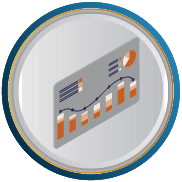
Knowing the data and sources
Once the business questions to be answered have been identified, it is important to know the information sources from which the data will be extracted, the access to these sources and the quality of the data hosted there in order to plan the steps to be followed in terms of integration, cleaning and data transformation.

Integration, cleaning, conversion and enrichment
In this phase, we begin to add value to the information, built the dimensional models and migrate the information to a data warehouse in order to answer the business questions with enriched and organized data.

Visualization
The visual representation of the data is performed in order to support decision making and answer business questions, in this stage, tools such as Power BI or Tableau are used.
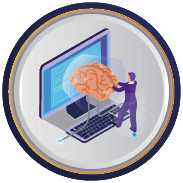
Predictive Analytics
With descriptive analytics, decisions can be made based on the behavior of past data, but if we add the new technologies of artificial intelligence and machine learning to the story told by the data, we can make decisions based on predictions of the future, this union between descriptive analytics + Machine Learning is called Predictive Analytics.
Benefits of Intelligent Data Management

Greater transparency of processes

Costs reduction

Increased efficiency

Facilitates understanding of business processes

Speeds up and facilitates decision making
Some of our tools

Microsoft Azure
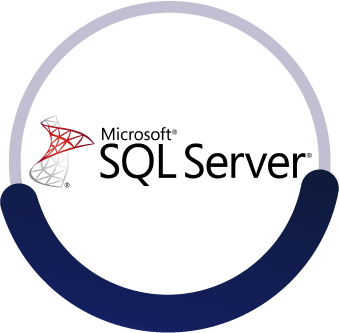
SQL Server

Node JS

AWS
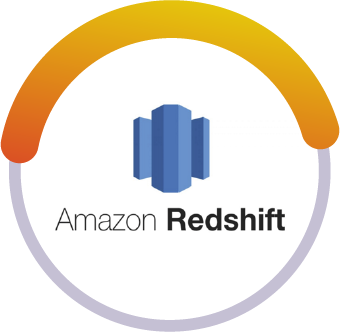
Amazon Redshift
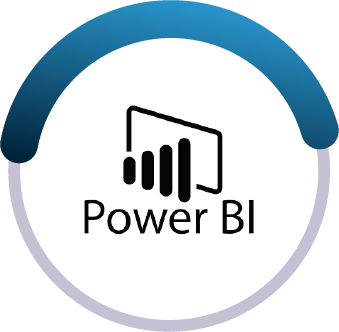
Power BI

QuickSight
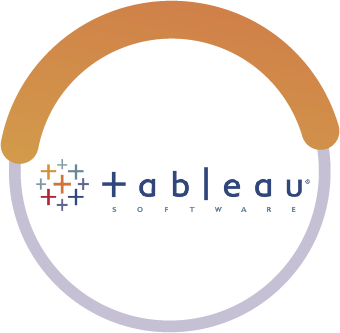
Tableau
Need help?




